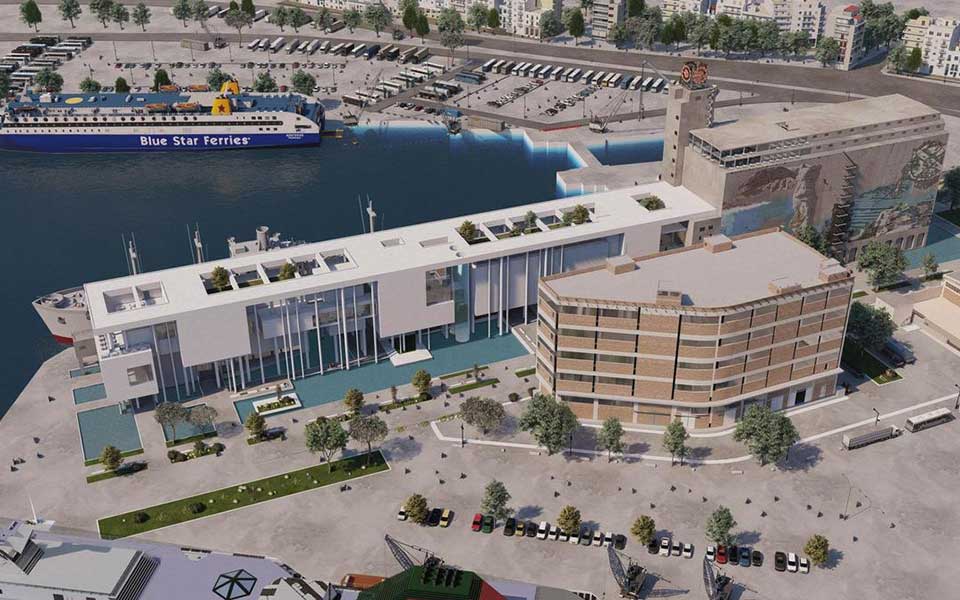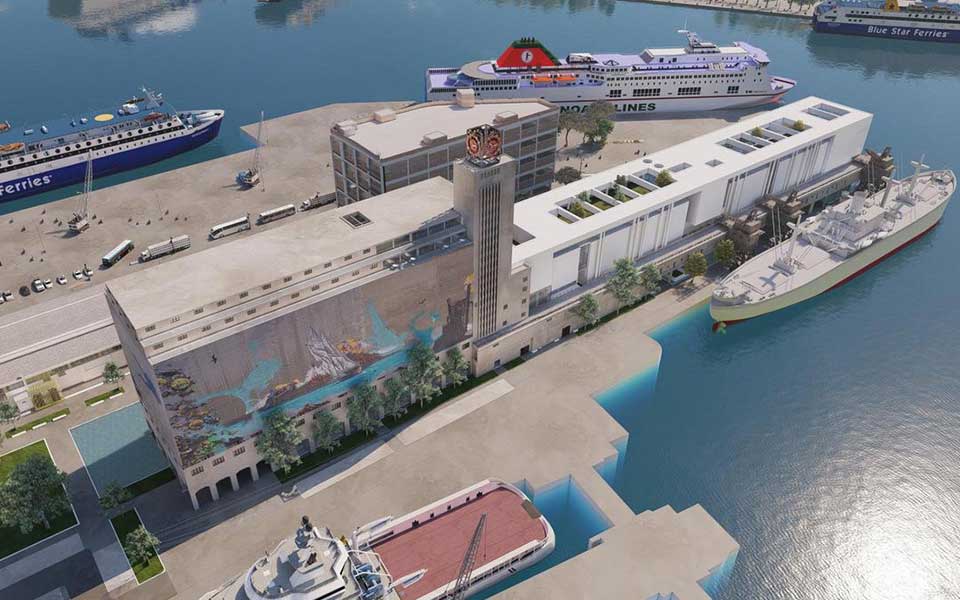Greece’s Council of Museums has unanimously approved the preliminary architectural and structural plans for the much-anticipated Museum of Underwater Antiquities in Piraeus. The positive response now paves the way for the transformation of the landmark Silo building on the waterfront of the Port of Piraeus into a pioneering state museum dedicated to Greece’s ancient maritime heritage.
The creation of the museum in the Silo building, constructed between 1934 and 1936, is a significant step towards realising the goals of the ongoing “Piraeus Cultural Coast Project,” which aims to develop cultural tourism and encourage further economic growth in the city, home to the country’s largest port.
In a statement, the Minister of Culture and Sport Lina Mendoni said: “The historic Silo building, closely associated with the history and character of the Port of Piraeus since the mid-1930s, is the ideal place to host the unique wealth of archaeological treasures from Greece’s seas. The main purpose of the creation of the Museum of Underwater Antiquities is to highlight the relationship between Greek culture and the sea through the numerous and already well-preserved underwater finds, many of which have remained in the warehouses of the Ephorate of Underwater Antiquities for years.”
The museum will house cultural artifacts discovered in Greek seas, whether through works carried out by the state archaeological services, university-led surveys and excavations, voluntary donations by individuals, or official seizures. Exhibits will include ancient storage jars used in maritime trade, shipboard tools and utensils, preserved fragments of wooden hulls, recovered art, statues, weapons, and many other objects.

© Hellenic Ministry of Culture and Sports
“There are few museums around the world exclusively dedicated to exhibiting underwater antiquities. The creation of the new museum will promote Piraeus as an international cultural destination,” the Minister added.
Using state-of-the-art digital technology and projections of submerged prehistoric settlements, ancient shipwrecks, and the scattered remains of cargoes, the museum will immerse visitors in the world of underwater archaeology. Special emphasis will also be given to educational outreach programs, engaging both the academic community and the general public.
The planned museum will exceed 13,000 square meters of space, including galleries for permanent and temporary exhibitions, an amphitheater, library and multimedia rooms for education programs and scientific activities, a conservation laboratory, administration offices, as well as reception areas and a restaurant for visitors.











